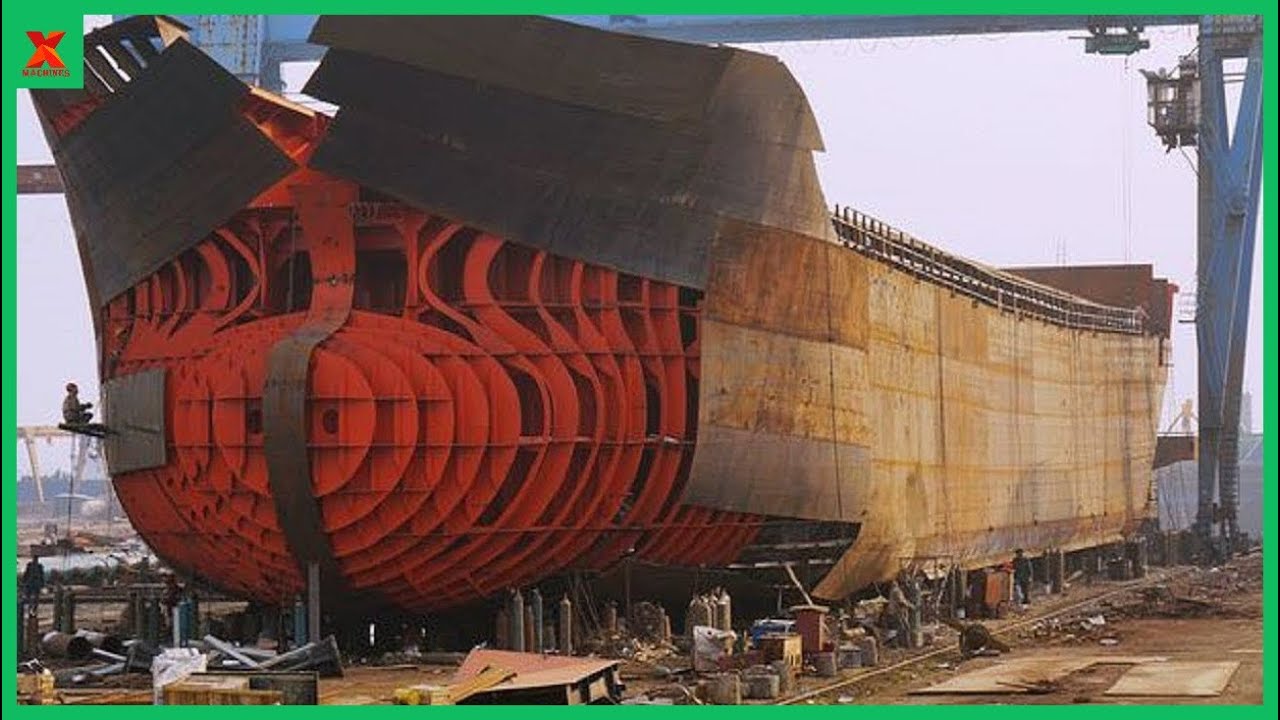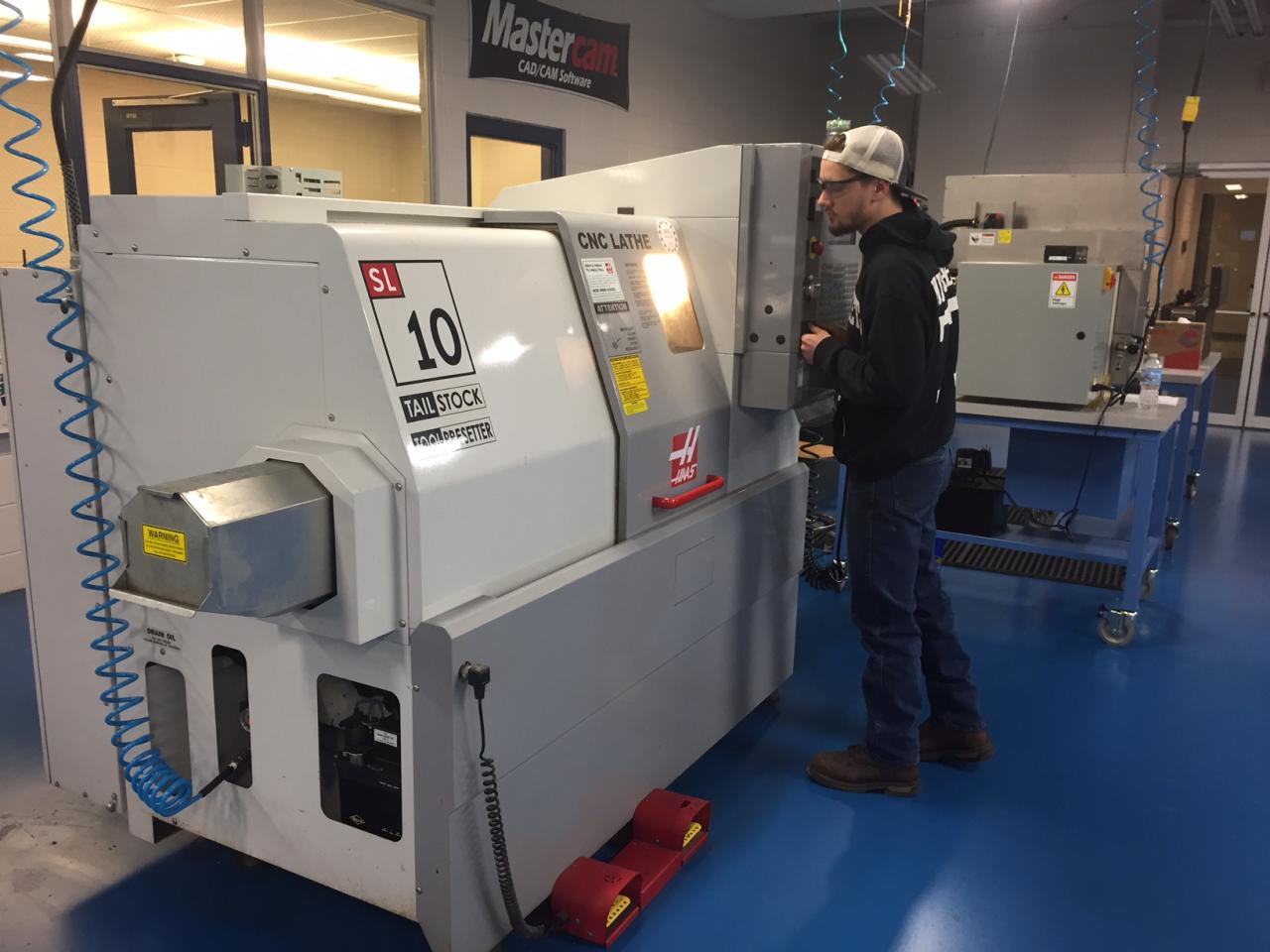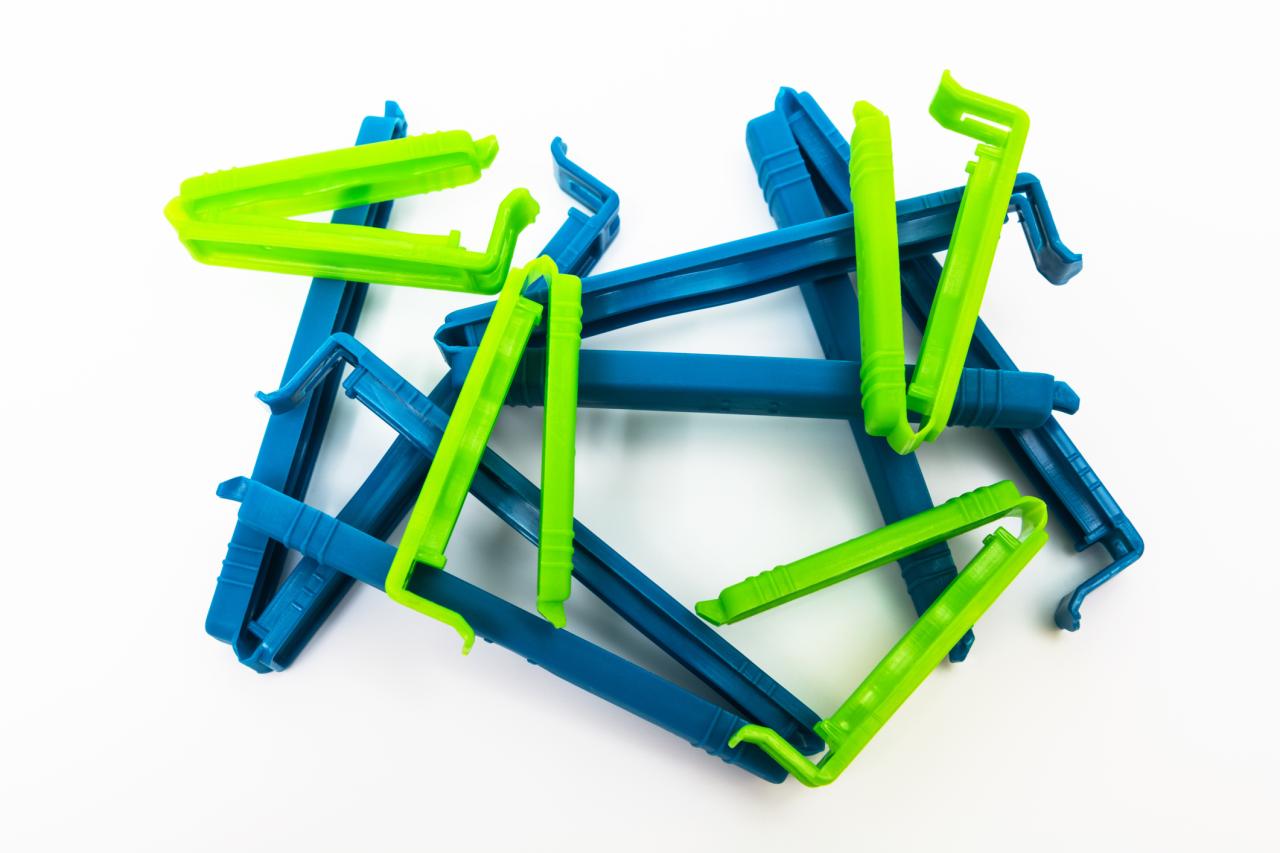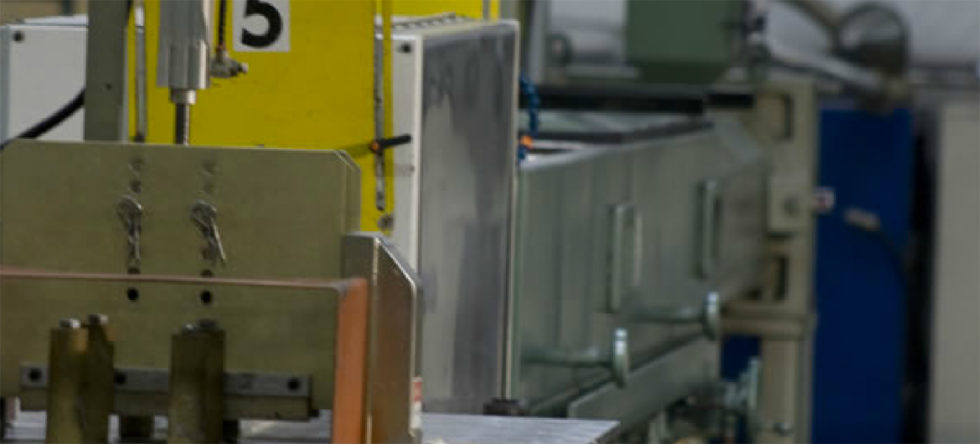Four-Slide Technology: A Manufacturing Revolution
Four-slide technology, a revolutionary manufacturing process, has emerged as a powerful tool for producing intricate and complex components. This innovative technology utilizes a series of four slides, each with its […]
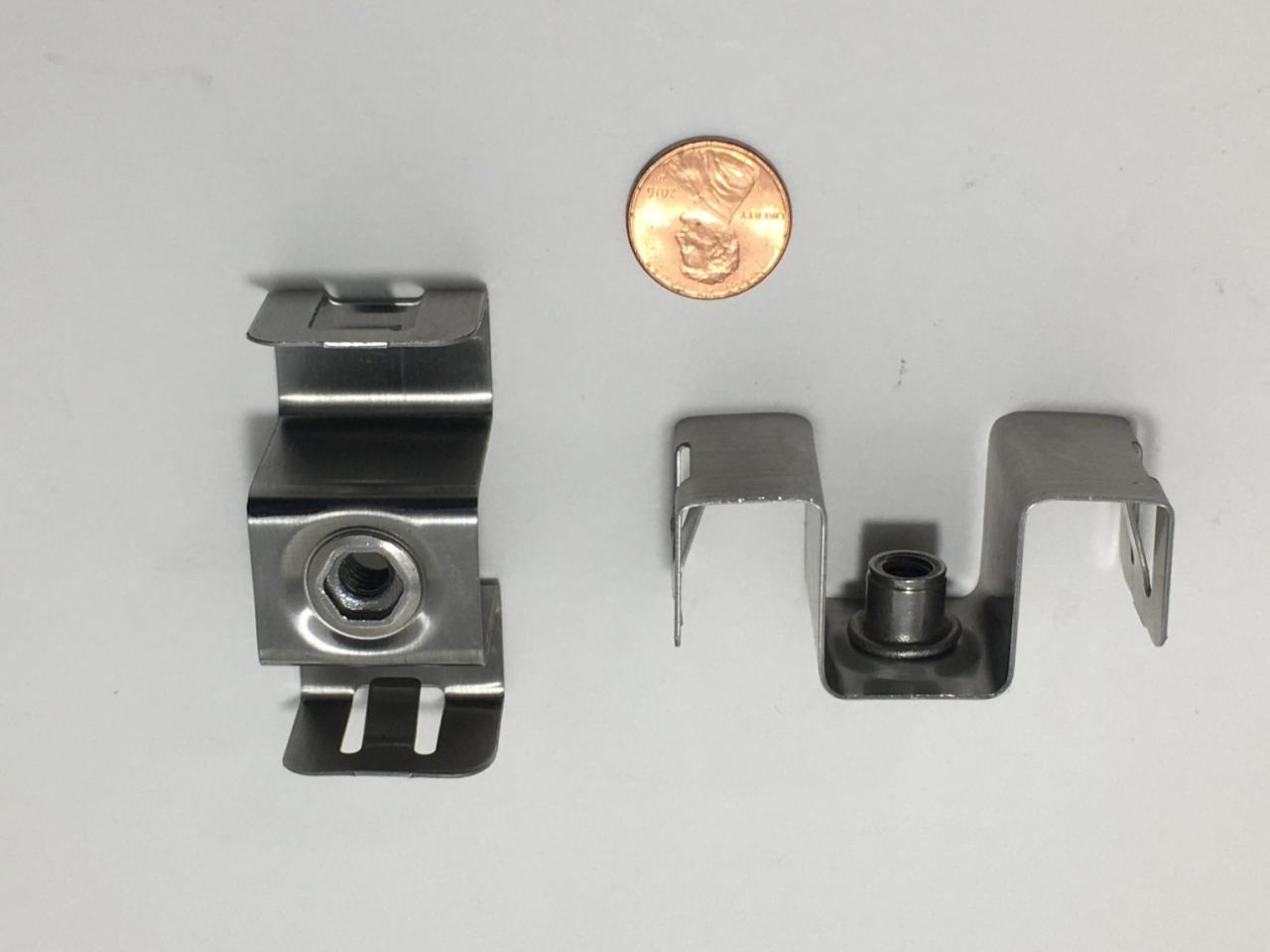
Four-slide technology, a revolutionary manufacturing process, has emerged as a powerful tool for producing intricate and complex components. This innovative technology utilizes a series of four slides, each with its own unique function, to manipulate and form metal stock into intricate shapes. The history of four-slide technology dates back to the early 20th century, with its origins rooted in the need for efficient and precise manufacturing methods. Since then, this technology has evolved significantly, driven by advancements in materials, automation, and computer-aided design (CAD).
Four-slide technology has become integral in various industries, including automotive, aerospace, electronics, and medical devices. Its versatility and precision have made it a preferred choice for producing components with complex geometries, tight tolerances, and high-quality finishes.
Introduction to Four-Slide Technology

Four-Slide Technology is a revolutionary approach to manufacturing that leverages the precision and efficiency of multi-slide machines. It involves the use of four or more synchronized slides, each equipped with a dedicated tooling system, to perform complex operations on a single workpiece. This technology has significantly impacted various industries, including automotive, electronics, and aerospace, by enabling the production of intricate components with exceptional accuracy and speed.
History and Evolution
The origins of Four-Slide Technology can be traced back to the early 20th century, with the development of the first multi-slide machines. These early machines were primarily used for simple operations, such as forming and bending wire. However, as technology advanced, so did the capabilities of multi-slide machines. Today, Four-Slide Technology encompasses a wide range of sophisticated machines capable of performing complex operations, such as punching, stamping, bending, and forming.
Key Principles and Underlying Concepts
The fundamental principle behind Four-Slide Technology is the synchronized movement of multiple slides. Each slide is equipped with a dedicated tooling system that performs a specific operation on the workpiece. The synchronization of these slides allows for the simultaneous execution of multiple operations, resulting in a significant increase in production efficiency.
- Precision and Accuracy: The synchronized movement of the slides ensures that each operation is performed with high precision and accuracy. This is crucial for producing components with tight tolerances and intricate details.
- Flexibility: Four-Slide machines are highly flexible and can be adapted to produce a wide range of components. This versatility is achieved through the use of interchangeable tooling systems.
- Speed and Efficiency: The simultaneous execution of multiple operations on a single workpiece significantly reduces production time and increases efficiency. This is particularly beneficial for high-volume manufacturing.
- Cost-Effectiveness: The increased efficiency and reduced production time associated with Four-Slide Technology translate into lower manufacturing costs.
Applications of Four-Slide Technology
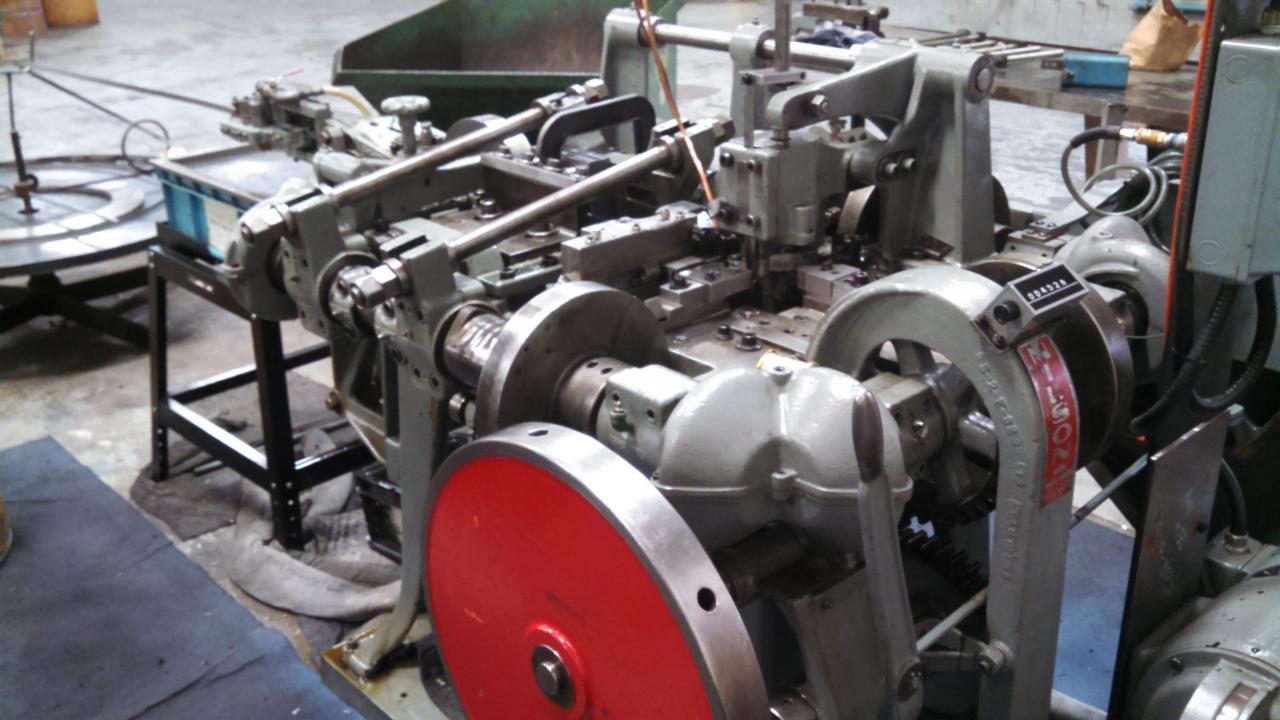
Four-slide technology, with its ability to manipulate materials at the nanoscale, has opened up a wide range of applications across various industries. From medicine and electronics to energy and environmental science, this technology has the potential to revolutionize how we design, manufacture, and utilize materials.
Real-World Applications
The versatility of four-slide technology makes it applicable in a wide array of industries.
- Medicine: In medicine, four-slide technology is used to create biocompatible materials for implants and drug delivery systems. For instance, researchers are developing new types of artificial joints using four-slide technology to improve their durability and reduce the risk of rejection by the body.
- Electronics: The ability to manipulate materials at the nanoscale makes four-slide technology ideal for creating advanced electronic devices. For example, researchers are using this technology to develop smaller, faster, and more efficient transistors for use in computers and smartphones.
- Energy: Four-slide technology is also being used to develop new energy storage solutions. For instance, researchers are using this technology to create more efficient and longer-lasting batteries for electric vehicles and renewable energy systems.
- Environmental Science: Four-slide technology can be used to develop new materials for environmental remediation. For example, researchers are using this technology to create filters that can remove pollutants from water and air.
Case Studies, Four-slide technology
Numerous case studies demonstrate the real-world benefits of four-slide technology.
- Case Study 1: A team of researchers at the University of California, Berkeley, used four-slide technology to create a new type of solar cell that is more efficient and less expensive to produce than traditional solar cells. This breakthrough could significantly impact the adoption of renewable energy sources.
- Case Study 2: Researchers at the Massachusetts Institute of Technology (MIT) used four-slide technology to develop a new type of drug delivery system that can target specific cells in the body. This technology has the potential to revolutionize cancer treatment and other medical therapies.
Future Applications and Emerging Trends
The applications of four-slide technology are continuously expanding.
- Advanced Materials: Researchers are exploring the use of four-slide technology to create new materials with enhanced properties, such as increased strength, durability, and conductivity.
- Nanotechnology: Four-slide technology is playing a crucial role in the advancement of nanotechnology, enabling the creation of devices and materials at the nanoscale.
- Biomimicry: Researchers are using four-slide technology to create materials that mimic the properties of natural materials, such as the strength of spider silk or the self-healing properties of certain plants.
Technical Aspects of Four-Slide Technology
Four-slide technology, also known as four-slide forming, is a versatile metal-forming process that utilizes a series of four slides to manipulate a metal blank into a complex shape. The process is characterized by its ability to produce intricate and precise components, making it a valuable tool in various industries.
Components and Working Mechanism
A four-slide machine consists of a number of essential components that work together to shape the metal blank. These components include:
- Slide Mechanism: The core of the four-slide machine is its slide mechanism. This mechanism typically comprises four independently controlled slides, each equipped with a die that performs a specific forming operation on the blank. The slides move in a coordinated sequence, guided by a camshaft or other mechanical systems.
- Blank Holder: The blank holder is responsible for holding the metal blank securely in place during the forming process. This ensures that the blank remains stationary while the slides manipulate it, preventing slippage and ensuring precise forming.
- Feed Mechanism: The feed mechanism advances the metal blank through the four-slide machine. This mechanism is typically a roller system that transports the blank from the feed station to the slide mechanism.
- Control System: The control system manages the operation of the four-slide machine, coordinating the movement of the slides and other components. This system can be either mechanical or computerized, providing precise control over the forming process.
The working mechanism of a four-slide machine involves a series of sequential forming operations performed by the four slides. The blank is initially fed into the machine and held securely by the blank holder. The slides then move in a coordinated sequence, each slide performing a specific forming operation on the blank. The slides may bend, shape, or pierce the metal blank, gradually transforming it into the desired shape.
Materials and Manufacturing Processes
Four-slide technology is commonly used to form a wide range of metals, including:
- Steel: Steel is a common material used in four-slide forming due to its strength and durability. Various grades of steel, including low-carbon steel, stainless steel, and tool steel, can be processed using this technology.
- Aluminum: Aluminum is another widely used material in four-slide forming. Its lightweight and good formability make it suitable for applications where weight reduction is essential.
- Brass: Brass is a versatile material that can be formed into complex shapes using four-slide technology. Its machinability and corrosion resistance make it suitable for various applications.
- Copper: Copper is known for its excellent electrical and thermal conductivity, making it a suitable material for four-slide forming in applications where these properties are crucial.
The manufacturing process involved in four-slide forming begins with the preparation of the metal blank. The blank is typically cut from a sheet or coil of metal and may undergo initial processing, such as punching or shearing, before entering the four-slide machine. The blank is then fed into the machine, where it is held securely by the blank holder. The slides then move in a coordinated sequence, forming the blank into the desired shape. The final product is then ejected from the machine and may undergo further finishing operations, such as trimming or deburring.
Advantages and Limitations
Four-slide technology offers several advantages over other manufacturing methods, including:
- High Precision: The coordinated movement of the four slides allows for precise forming operations, resulting in high-quality components with tight tolerances.
- Versatility: Four-slide machines can be used to produce a wide range of complex shapes, including components with intricate features and multiple bends.
- High Production Rates: The automated nature of four-slide forming allows for high production rates, making it suitable for mass production applications.
- Reduced Material Waste: The precise forming process minimizes material waste, resulting in increased efficiency and cost savings.
However, four-slide technology also has some limitations:
- High Initial Investment: Four-slide machines can be expensive to purchase and maintain, representing a significant initial investment.
- Limited Complexity: While versatile, four-slide forming may not be suitable for producing extremely complex shapes or components with very thin walls.
- Tooling Costs: The dies used in four-slide forming can be expensive to manufacture, adding to the overall cost of production.
Closure: Four-slide Technology
Four-slide technology continues to push the boundaries of manufacturing capabilities, offering a compelling blend of precision, efficiency, and versatility. As industries strive for increased automation, customization, and cost-effectiveness, four-slide technology stands poised to play a pivotal role in shaping the future of manufacturing. Its ability to produce intricate components with high accuracy and repeatability makes it an invaluable asset for industries seeking to optimize production processes and deliver high-quality products.
Four-slide technology is a versatile approach to creating dynamic displays, but sometimes a more precise and responsive solution is needed. This is where truwave technology comes in, offering a seamless integration of sensors and actuators for truly interactive experiences.
The benefits of truwave technology can be easily integrated into four-slide technology, leading to innovative and user-friendly displays.
